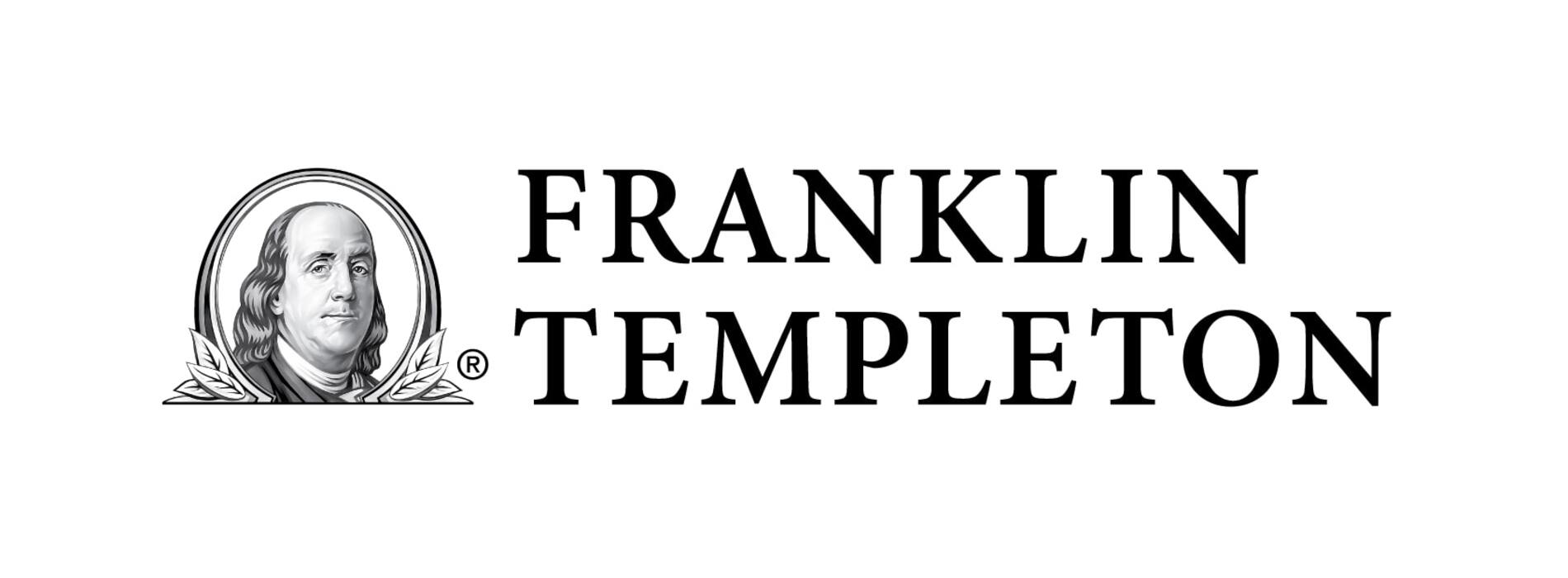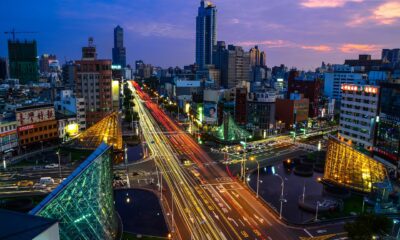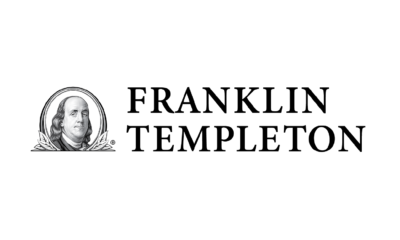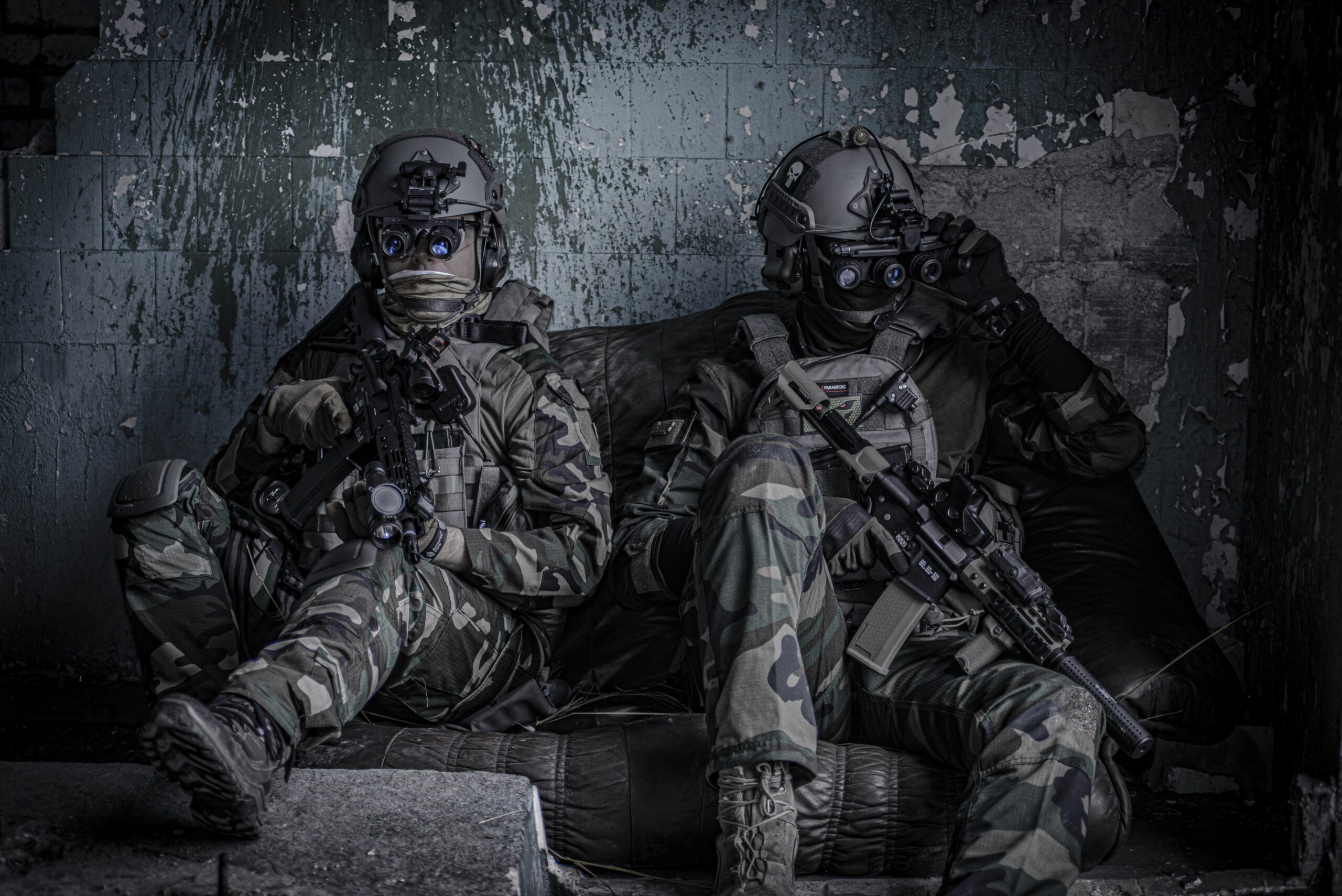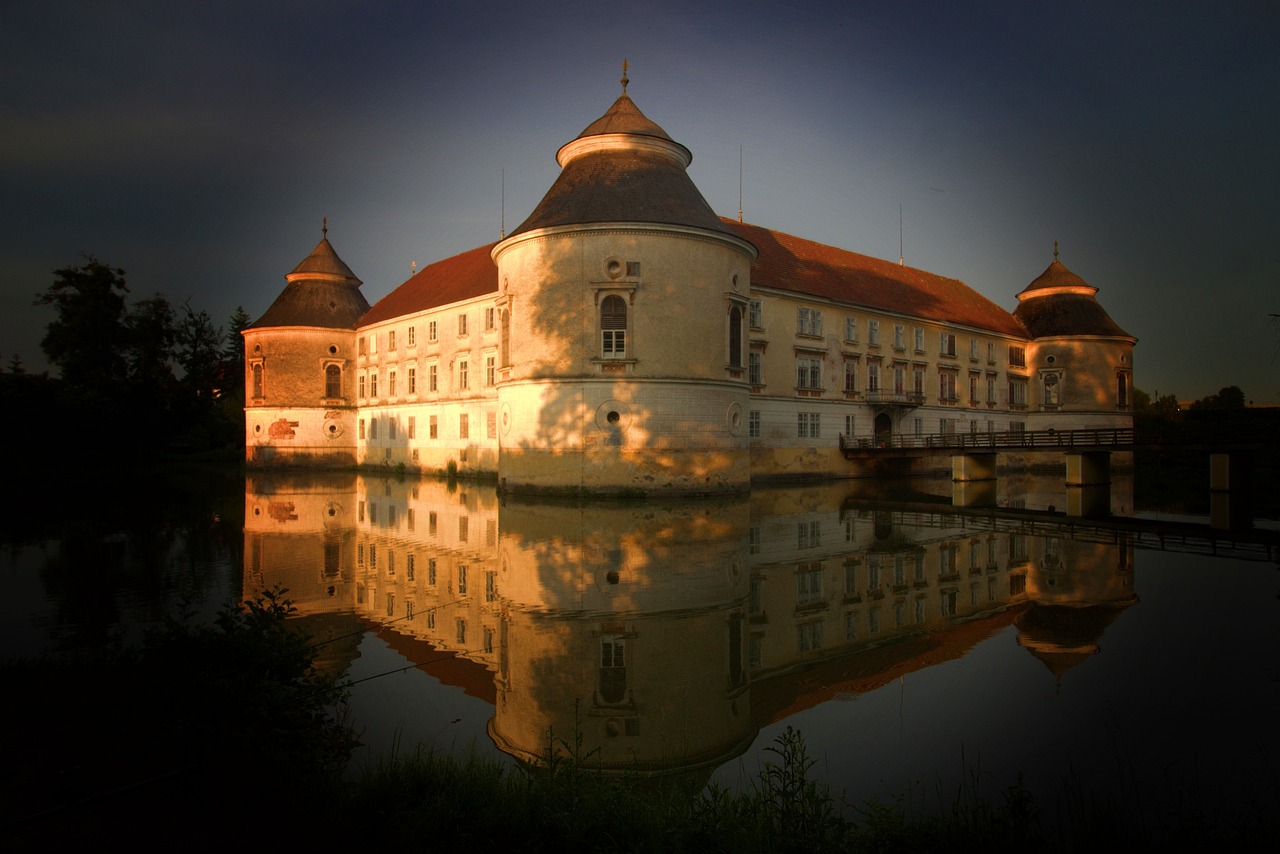Active fixed income ETFs, emerging markets, and thematic, growth-focused ETFs: Jason Xavier, Head of EMEA ETF Capital Markets, opines on global ETF trends he sees ahead in 2024.
“Everybody has a plan until they get punched in the mouth”. – Boxer Mike Tyson, 1987.
It often feels similar when drafting a year-ahead outlook—wondering what geopolitical or third- standard-deviation event could disrupt any forthcoming predictions and be the derailing punch! Last year was no different; however, our expectations for a tactical shift were largely accurate.
We believe 2024 points to more macro volatility as the duration trade continues, albeit in reverse. This macro uncertainty is the current anchor, influencing both equity and bond markets globally. Therefore, we believe this volatility favours a more hands-on approach to managing investments over the coming year.
Active management has never been more important, so we believe utilising core and satellite equity exchange-traded fund (ETF) building blocks coupled with active fixed income ETFs will be key to success.
My 2024 predictions follow:
Active fixed income ETFs will see increased investor inflows
Global inflation has fallen month-on-month into November 2023, and at as of the beginning of December, European equity markets are pricing in 150 basis points of interest-rate cuts from the European Central Bank in 2024, so it seems pretty clear that rates are going to come down. The question is: when? Some of the earliest central banks to raise interest rates, such as Brazil, are now the first to reverse their hawkish stance and can now serve as the canary in the coalmine in terms of measuring the effectiveness of their monetary policy approach. The focus now turns to the economic “landing” story, wherein a small uptick in unemployment in the United States and Europe may suggest a softening of the labour market and an impending hard landing (recession) as we enter the next calendar year.
Against the backdrop of a suggested downturn looming, we believe fixed income will be in focus again this year—specifically, duration and credit worthiness. Therefore, we believe fixed income ETFs that offer longer duration and better-quality credit should see the greater share of net inflows in 2024. We also believe an active approach to fixed income investing makes sense in this volatile period. Additionally, any such bond offerings providing a “green” overlay will benefit from the ongoing positive momentum bolstering sustainable investment opportunities.
Being selective with emerging markets may aid outperformance. Hence, single-country emerging market ETFs likely to see increased assets under management (AUM)
Assuming that 2024 brings coordinated central-bank dovishness, we see two distinct potential paths. Firstly, we see a potentially weakening US dollar that drives strength and a redirection of capital flows into emerging market (EM) economies, which have struggled to attract foreign investment in recent times. As a result, select emerging market economies exposed to both domestic and export growth should be well-poised to outperform. Secondly, one must be wary of the counter-argument that in a risk-on environment there are potentially better options than EM investment, such as quality fixed income, the Magnificent Seven or the stalwart growth-heavy S&P 500 Index. Staying with the former, focus must be set on the markets with value and growth potential, the so-called “diamonds in the rough.” We’re bullish on tech-heavy EM economies such as Taiwan and South Korea, which, due to their strong presence in the semiconductor industry, are well-positioned to benefit from the tailwinds of artificial intelligence (AI) development.
India is also a key market of interest, due partly to secular developments. Its demographically advantageous population also leads it to be a key player, not only as a potential outperformer within key EM indices (alongside Brazil and South Korea), but also globally. We again, therefore, believe in the merits of a more active/tactical approach to managing a broad EM strategy utilising low-cost single-country emerging market building blocks to over/underweight relative to the broad benchmark.
Growth, thematic and technology: Thematic growth-focused ETFs will see strong inflows.
I’m a firm believer that we are at a pivotal moment societally and stand at the proverbial crossroads of one of the most transformative waves in our short history. The ever-fast developments of AI, including the recent strides of artificial generative intelligence (AGI), are signs that we are in the midst of the next revolution, almost as important as the agricultural or manufacturing revolutions of the past. With the speed at which this development is taking place, fuelled by the autonomous nature in development of AI, it’s important to consider potential investment opportunities. Thematic investing allows investors the ability to tap into these long-term structural trends, targeting areas of the market that are at the forefront of this growth in sectors that are seeing monumental transition. For example, within healthcare, we are seeing the emergence of new preventative methods and technologies for disease avoidance as well as innovative technologies playing their part in the operating theatre—all of this against the backdrop of an ageing population. In addition to this, new emerging technologies are being prioritised to help mitigate a world under severe threat from the impacts of climate change (drought/ famine). Often such thematic opportunities support growth not only in quaternary sectors like AI and technology but evolving structural changes in primary and tertiary sectors like food and healthcare.
WHAT ARE THE RISKS?
All investments involve risks, including possible loss of principal.
Equity securities are subject to price fluctuation and possible loss of principal.
Fixed income securities involve interest rate, credit, inflation and reinvestment risks, and possible loss of principal. As interest rates rise, the value of fixed income securities falls. Low-rated, high-yield bonds are subject to greater price volatility, illiquidity and possibility of default.
Changes in the credit rating of a bond, or in the credit rating or financial strength of a bond’s issuer, insurer or guarantor, may affect the bond’s value.
International investments are subject to special risks, including currency fluctuations and social, economic and political uncertainties, which could increase volatility. These risks are magnified in emerging markets.
Investment strategies that incorporate the identification of thematic investment opportunities, and their performance, may be negatively impacted if the investment manager does not correctly identify such opportunities or if the theme develops in an unexpected manner.
Investments in fast-growing industries like the technology and health care sectors (which have historically been volatile) could result in increased price fluctuation, especially over the short term, due to the rapid pace of product change and development and changes in government regulation of companies emphasizing scientific or technological advancement or regulatory approval for new drugs and medical instruments.
To the extent the portfolio invests in a concentration of certain securities, regions or industries, it is subject to increased volatility.
For actively managed ETFs, there is no guarantee that the manager’s investment decisions will produce the desired results.
ETFs trade like stocks, fluctuate in market value and may trade above or below the ETF’s net asset value. Brokerage commissions and ETF expenses will reduce returns. ETF shares may be bought or sold throughout the day at their market price on the exchange on which they are listed. Shares of
ETFs are tradable on secondary markets and may trade either at a premium or a discount to their NAV on the secondary market. Retail investors buy and sell shares of ETFs at market price (not NAV) in the secondary market throughout the trading day. These shares are not individually available for purchase or redemption directly from the ETF.” Commissions, management fees, brokerage fees and expenses may be associated with investments in ETFs. Please read the prospectus and ETF facts before investing. ETFs are not guaranteed, their values change frequently, and past performance may not be repeated.
IMPORTANT LEGAL INFORMATION
This material is intended to be of general interest only and should not be construed as individual investment advice or a recommendation or solicitation to buy, sell or hold any security or to adopt any investment strategy. It does not constitute legal or tax advice. This material may not be reproduced, distributed or published without prior written permission from Franklin Templeton.
The views expressed are those of the investment manager and the comments, opinions and analyses are rendered as at publication date and may change without notice. The underlying assumptions and these views are subject to change based on market and other conditions and may differ from other portfolio managers or of the firm as a whole. The information provided in this material is not intended as a complete analysis of every material fact regarding any country, region or market. There is no assurance that any prediction, projection or forecast on the economy, stock market, bond market or the economic trends of the markets will be realized. The value of investments and the income from them can go down as well as up and you may not get back the full amount that you invested. Past performance is not necessarily indicative nor a guarantee of future performance. All investments involve risks, including possible loss of principal.
Any research and analysis contained in this material has been procured by Franklin Templeton for its own purposes and may be acted upon in that connection and, as such, is provided to you incidentally. Data from third party sources may have been used in the preparation of this material and Franklin Templeton (“FT”) has not independently verified, validated or audited such data. Although information has been obtained from sources that Franklin Templeton believes to be reliable, no guarantee can be given as to its accuracy and such information may be incomplete or condensed and may be subject to change at any time without notice. The mention of any individual securities should neither constitute nor be construed as a recommendation to purchase, hold or sell any securities, and the information provided regarding such individual securities (if any) is not a sufficient basis upon which to make an investment decision. FT accepts no liability whatsoever for any loss arising from use of this information and reliance upon the comments, opinions and analyses in the material is at the sole discretion of the user.
Products, services and information may not be available in all jurisdictions and are offered outside the U.S. by other FT affiliates and/or their distributors as local laws and regulation permits. Please consult your own financial professional or Franklin Templeton institutional contact for further information on availability of products and services in your jurisdiction.

 Nyheter4 veckor sedan
Nyheter4 veckor sedan
 Nyheter3 veckor sedan
Nyheter3 veckor sedan
 Nyheter2 veckor sedan
Nyheter2 veckor sedan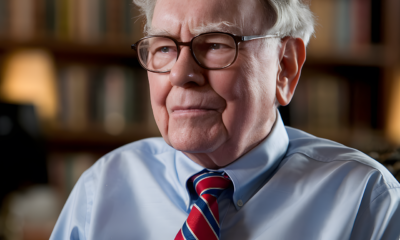
 Nyheter4 veckor sedan
Nyheter4 veckor sedan
 Nyheter3 veckor sedan
Nyheter3 veckor sedan
 Nyheter2 veckor sedan
Nyheter2 veckor sedan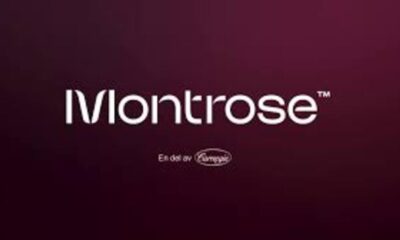
 Nyheter4 veckor sedan
Nyheter4 veckor sedan
 Nyheter2 veckor sedan
Nyheter2 veckor sedan
